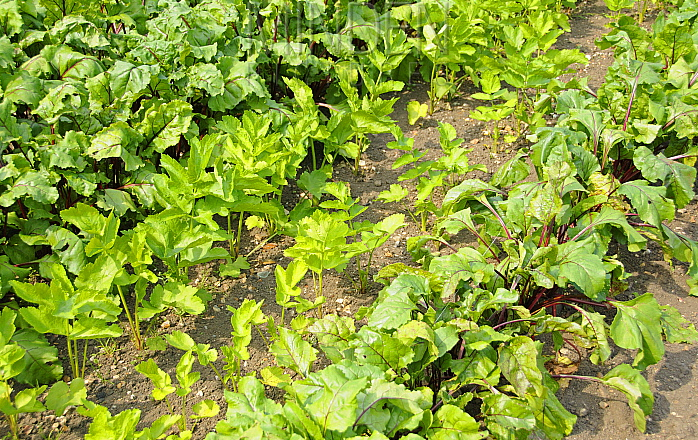Pastinaca sativa sativa
(Pastinaca sativa sativa)

Description
The parsnip is a biennial plant with a rosette of roughly hairy leaves that have a pungent odor when crushed. Parsnips are grown for their fleshy, edible, cream-colored taproots. The roots are generally smooth, although lateral roots sometimes form. Most are cylindrical, but some cultivars have a more bulbous shape, which generally tends to be favored by food processors as it is more resistant to breakage. The plant's apical meristem produces a rosette of pinnate leaves, each with several pairs of leaflets with toothed margins. The lower leaves have short stems, the upper ones are stemless, and the terminal leaves have three lobes. The leaves are once- or twice-pinnate with broad, ovate, sometimes lobed leaflets with toothed margins; they grow up to 40 cm (16 in) long. The petioles are grooved and have sheathed bases. The floral stem develops in the second year and can grow to more than 150 cm (60 in) tall. It is hairy, grooved, hollow (except at the nodes), and sparsely branched. It has a few stalkless, single-lobed leaves measuring 5 to 10 cm (2 to 4 in) long that are arranged in opposite pairs.
Taxonomic tree:







